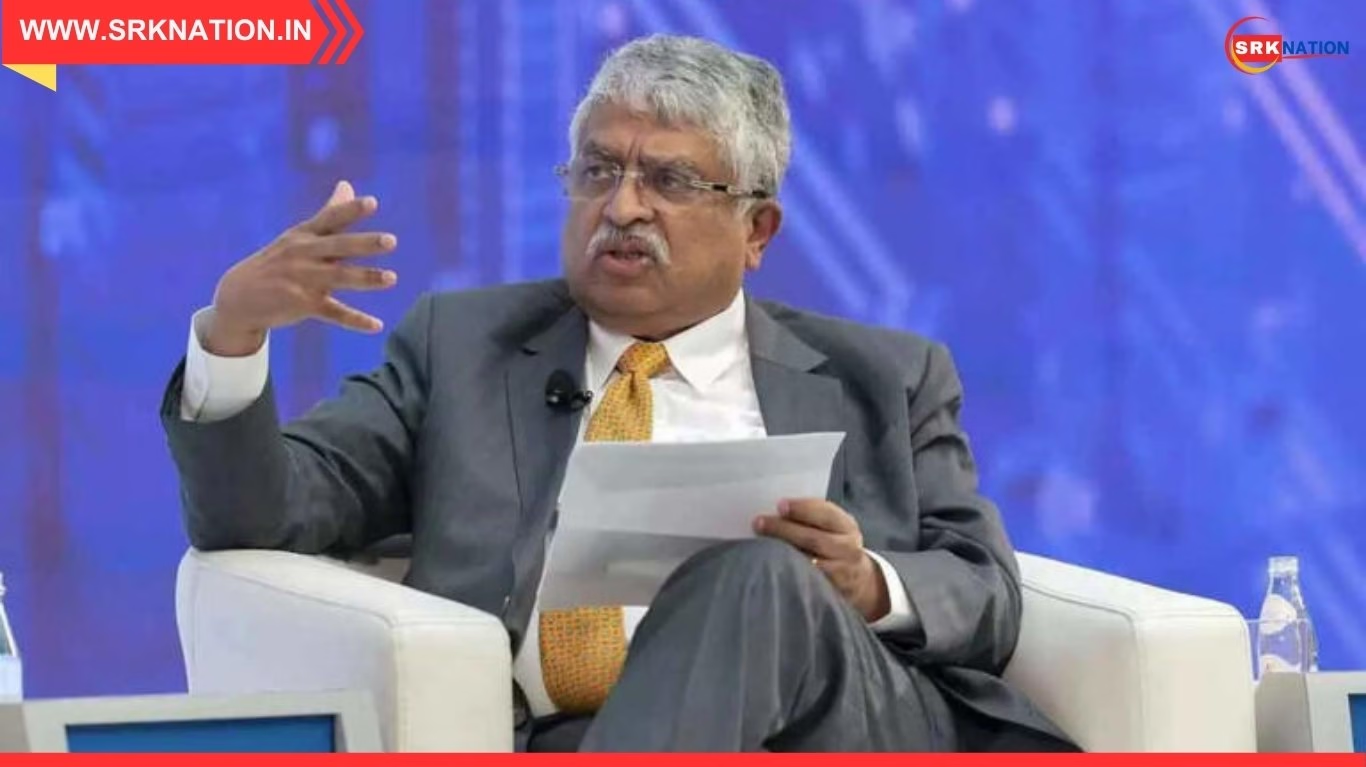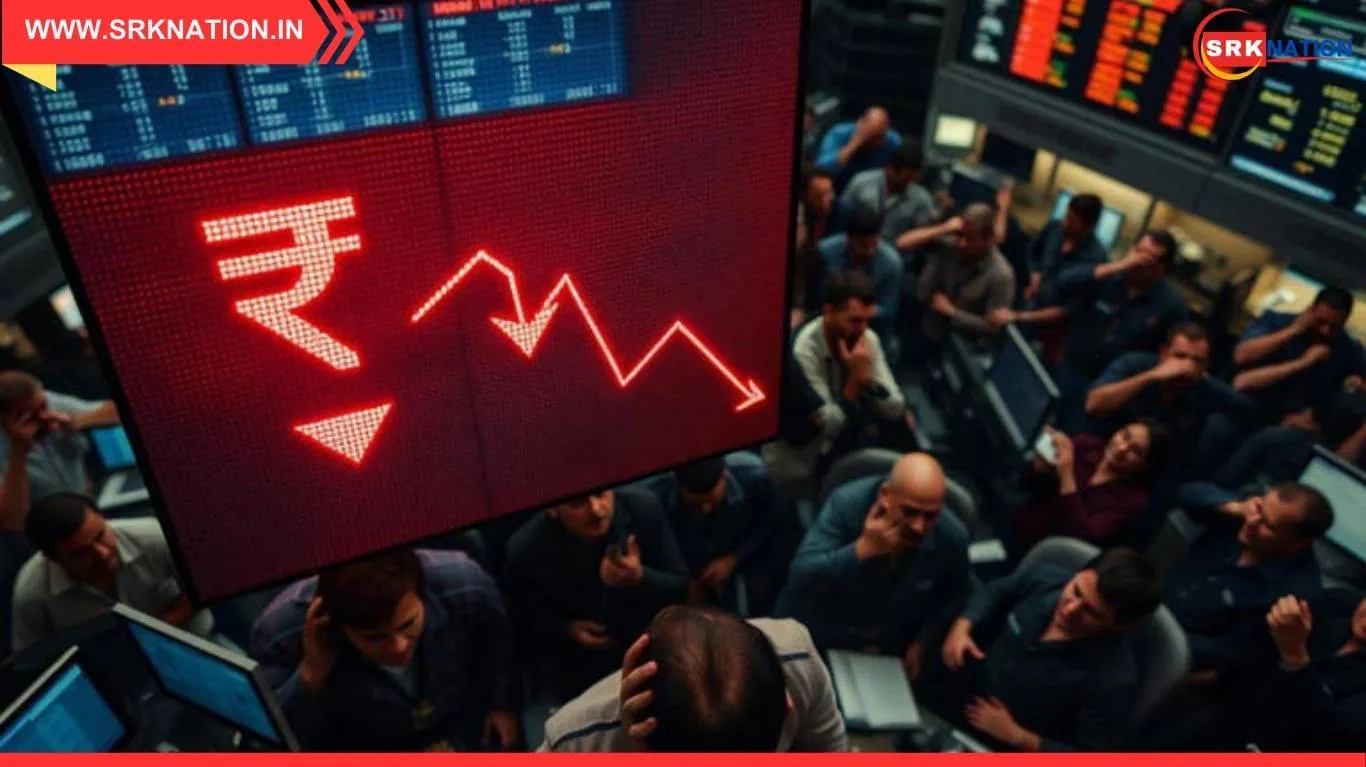India’s digital public infrastructure (DPI) is set to enter a transformative new phase with the launch of Finternet, a universal financial ecosystem platform that will go live by 2026. Announced by Infosys co-founder and DPI visionary Nandan Nilekani at the Global Fintech Fest 2025 in Mumbai, Finternet aims to unify tokenised assets such as land, property, bonds, and financial instruments under a secure, AI-powered regulatory framework.
Finternet: A New Era of Tokenised Transactions
Finternet is designed to be a common, connected system that enables seamless transactions across diverse asset classes. It will allow users to buy, sell, lend, pledge, or transfer ownership of assets like land, vehicles, gold, and shares in a tokenised form. The platform will integrate governments, banks, financial institutions, and regulators into a single interoperable network.
Nilekani emphasized that Finternet is not about cryptocurrencies but about regulated tokenisation. “We’re embedding compliance and unlocking the potential of tokenised assets within a structured framework,” he said. The platform will use agentic AI to automate verification, ownership tracking, and transaction processing.
Key Features of Finternet DPI Platform
| Feature | Description |
|---|---|
| Tokenisation of Assets | Converts physical assets into digital tokens with embedded attributes |
| AI Integration | Uses artificial intelligence for verification, compliance, and automation |
| Regulatory Compliance | Operates within government-approved frameworks and financial regulations |
| Cross-Border Compatibility | Enables global asset transfers and remittances |
| Ecosystem Connectivity | Links banks, governments, fintechs, and users into one infrastructure |
Global Expansion and Use Cases
Finternet is already being piloted across four continents, including India, Singapore, Switzerland, and the United States. It has 10 cohorts in eight sectors and 30 ecosystem partners. Siddharth Shetty, co-creator of Finternet and CEO of Finternet Labs, stated, “Anyone in the world can verify the authenticity, origin, and ownership of an asset. It can be made transferable—whether that means sending money or transferring property.”
Finternet Ecosystem Partners and Global Footprint
| Region | Key Partners Involved | Sector Focus Areas |
|---|---|---|
| India | NPCI, SEBI, Finternet Labs | Land, gold, financial instruments |
| Singapore | MAS, DBS Bank | Cross-border payments, fintech |
| Switzerland | Crypto Valley, Swiss RegTech firms | Tokenised bonds, compliance tech |
| USA | NY Fintech Consortium, Stanford Labs | Real estate, AI-based asset tracking |
Why Finternet Matters: Unlocking Trillions in Dormant Assets
India has trillions of dollars locked in real estate, gold, and traditional assets. Finternet aims to unlock this value by making these assets digitally transactable. For example, a person owning gold can tokenize it through a trusted provider and use it as collateral for a loan—without physically moving the asset.
Projected Impact of Finternet on Indian Economy (2026–2030)
| Year | Tokenised Asset Volume (₹ crore) | GDP Contribution (%) | Financial Inclusion Index |
|---|---|---|---|
| 2026 | ₹1,50,000 | 0.8% | 72 |
| 2027 | ₹3,20,000 | 1.5% | 76 |
| 2028 | ₹5,50,000 | 2.3% | 80 |
| 2029 | ₹8,00,000 | 3.1% | 83 |
| 2030 | ₹11,00,000 | 4.0% | 87 |
Finternet vs UPI: The Next Leap in DPI
While UPI revolutionized digital payments, Finternet is poised to redefine digital asset management. Nilekani described it as “the next phase of DPI,” building on the success of Aadhaar, UPI, and Account Aggregator frameworks. Unlike UPI, which focuses on money transfers, Finternet will handle ownership, collateralization, and asset lifecycle management.
Challenges and Regulatory Safeguards
Finternet’s success hinges on robust data privacy, regulatory clarity, and interoperability. Nilekani acknowledged the need for embedded compliance and scalable architecture. “We’ve learned from 15 years of DPI experience. Finternet will be high-performance, secure, and regulator-friendly,” he said.
Disclaimer: This news content is based on public statements, official briefings, and industry reports as of October 9, 2025. It is intended for editorial use and public awareness. The information does not constitute financial advice or endorsement and adheres to ethical journalism standards.











